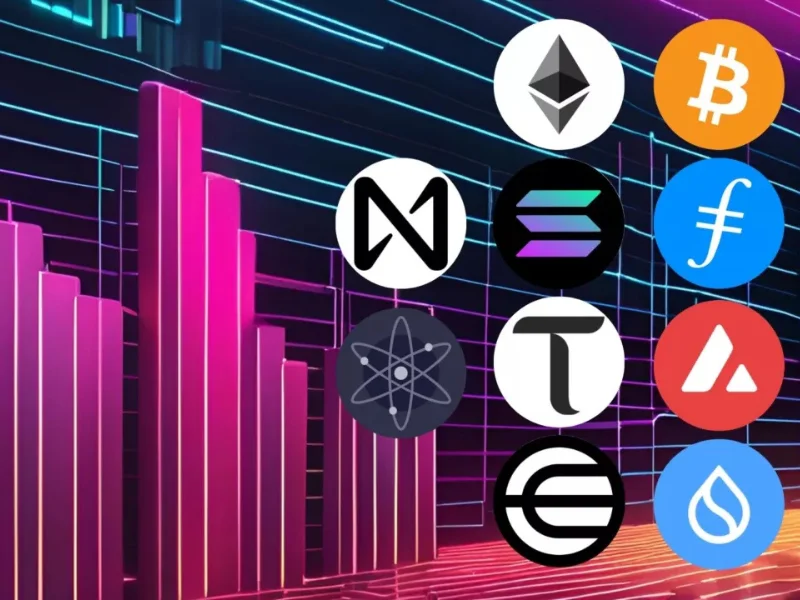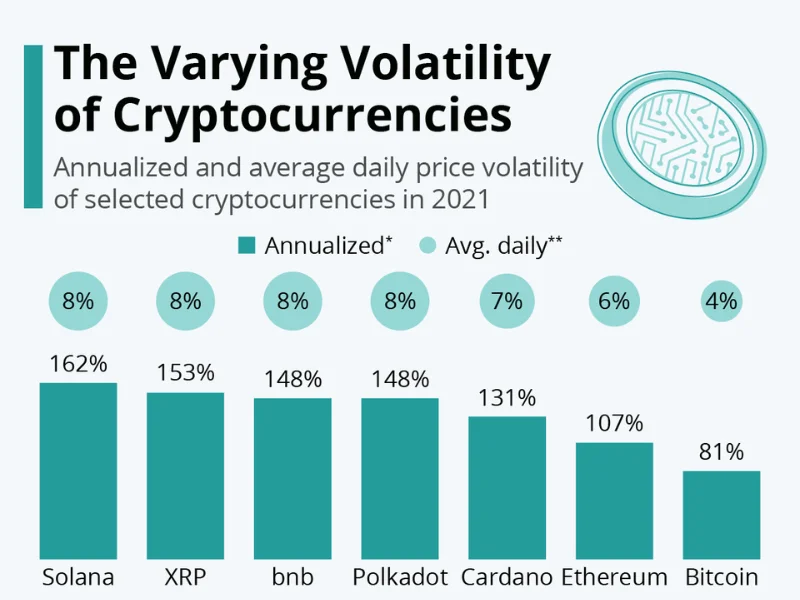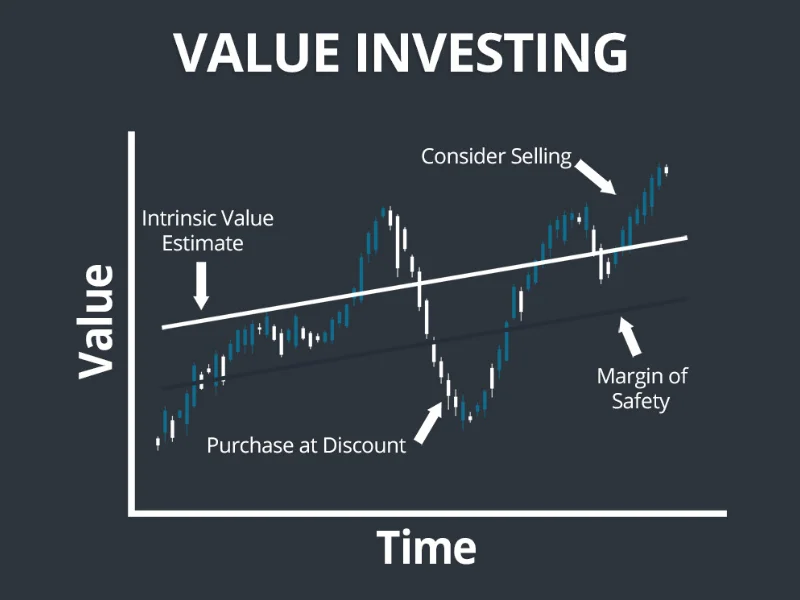1) Introduction
Purpose of the article
This piece gives you a data-driven view of crypto right now—and then turns those facts into practical Crypto Margin Trading guidance you can actually use. Whether you’re a newcomer, an experienced retail trader, or managing institutional risk, the goal is the same: understand today’s market structure and behavioral patterns so you can size leverage prudently, avoid the classic liquidation traps, and position into opportunities that volatility creates.
We synthesize the latest from CoinDesk, CoinGecko/CoinMarketCap, Glassnode.com, CoinShares, Kaiko, Messari, DeFiLlama, and more so you’re trading with the freshest context rather than yesterday’s narratives.
Why staying updated matters
Crypto Margin Trading is reflexive: flows change prices, prices change narrative, narrative changes flows. That dynamic intensifies with margin. When ETF inflows/outflows or liquidity conditions shift suddenly, leverage becomes a force-multiplier—both for gains and for losses. In 2025, spot ETFs and deeper order books mean large flows can hit fast, and crowded leverage can unwind faster.
Key themes in this article
We’ll cover global market moves, institutional flows, tech & on-chain trends, regulation & legal cases, adoption & sentiment, and what it all implies for margin risk management—from funding/borrowing costs to liquidation math to basis/funding signals.


2) Global Market Trends
Current performance & capitalization
As of Aug 26, 2025, the total Crypto Margin Trading sits around $3.8–3.9T. BTC trades near ~$110k after bouncing off intraday lows, while ETH is consolidating below its fresh record from earlier this week. Expect day-to-day whipsaw: 24-hour and 7-day moves have been choppy as ETF flows flip between inflows and outflows.
Trend snapshots:
- 24 hours: Broad market drifted lower; BTC underperformed ETH.
- 7 days: ETH led on relative strength following an all-time high; BTC struggled amid ETF outflows.
Margin angle: In compressed, headline-driven ranges, liquidation cascades trigger quickly. Keep leverage lower than usual when ETFs are net redeeming and spot liquidity thins intraday.
Institutional involvement & macro linkages
Institutional flows in 2025 are decisive. CoinShares’ weekly fund-flows show Ethereum-led inflows mid-August and then the largest weekly outflow since March into Aug 25 as macro uncertainty rose (Jackson Hole effect). That flow rotation—ETH resilience vs. BTC outflows—maps neatly to price action.
Kaiko notes record market depth and the market’s ability to absorb $9B+ OTC BTC sales without major dislocation—evidence of structurally improved liquidity, but also of a market dominated by sophisticated players (including corporate treasuries and ETFs). This translates to sharp but more orderly selloffs—still dangerous to over-levered longs/shorts.
Macro remains a tether: BTC struggled to catch a durable bid after Powell’s Jackson Hole remarks even as ETH enjoyed stronger demand, highlighting rate-sensitive ETF flows and a rotation underneath.
Margin angle: Watch ETF flow prints (daily), market depth, and macro calendars. When flows flip negative into big macro days, reduce leverage, widen stops, and consider calendar spreads instead of outright leveraged directional bets.
3) Technological Developments and Innovations
Core blockchain advances
Ethereum’s 2025 roadmap keeps scaling: Dencun (2024) cut L2 costs; Pectra (May 2025) improved L2 scalability, introduced smart-account features, and moved the chain closer to full danksharding. Messari’s Q2 report shows fees at multi-year lows in ETH terms, staking up, and L2 dominance in activity.
Solana is pushing execution performance while the Firedancer client aims to diversify and harden validator infrastructure—important for resiliency and throughput in the next cycle.
Margin angle: Cheaper L2/L1 execution enables faster liquidation races on perps/DEXs. Expect more abrupt stop-outs on on-chain venues—use isolated margin on-chain and pre-define covered exits.
Security enhancements
Zero-knowledge proof systems (ZKPs) and smart-contract safety tooling continue to mature across chains and L2s; combined with audit standards and permissioned hooks, that supports safer rails for leverage, lending, and collateral rehypothecation. On-chain analytics indicate exchange reserves and active address trends that help quantify counterparty/venue risk during stress.
Smart contracts and dApps reshape finance
DeFi and derivatives infrastructure are evolving. DeFi TVL recently printed a three-year high (~$153B in late July), yet remains uneven across ecosystems, with DeFi activity still below 2021’s highs by some measures. The nuance: more efficient protocols mean you can have higher prices but lower raw TVL on some networks.
On perps, Hyperliquid now processes up to $30B/day and dominates the on-chain futures category—evidence that decentralized margin markets are rapidly catching up to CEX UX and liquidity.
Margin angle: On-chain perps come with oracle, liquidity, and MEV risks. Prefer isolated margin, confirm oracle redundancy, and study liquidation buffers at the venue level.
4) Regulatory and Legal Landscape
Global updates (SEC, CFTC, MiCA, FCA)
- EU MiCA is now fully applicable (Dec 30, 2024) with stablecoin rules live since June 30, 2024; 2025 guidance from ESMA/EBA keeps tightening operational standards for CASPs through competency and market-abuse guidelines.
- UK: The FCA/BoE have been shaping stablecoin oversight; exchanges pre-emptively delisted non-compliant stablecoins ahead of the 2024/25 rules.
- U.S.: Politics turned more constructive for parts of the industry in 2025, while ETF oversight and enforcement remain active across agencies; ETF flow-through to prices underscores regulatory sensitivity.
Legal cases & precedents
- SEC v. Coinbase: The SEC moved to voluntarily dismiss parts of its suit in July, signaling shifting enforcement posture and focus.
- SEC v. Binance: The SEC dismissed its civil case in May; other jurisdictions keep scrutinizing affiliates and operations.
- Ripple/Labs: A negotiated $125M civil penalty in Aug 2025 closed another multi-year chapter with compliance undertakings.
Margin angle: Legal headlines reprice venue risk and token classification risk. Trade with lower leverage into major court/agency dates; diversify collateral away from assets likely to be regulatory focal points.
5) Adoption and Market Sentiment
Retail and institutional adoption
The global Crypto Margin Trading user base reached ~659M by Dec 2024 (Crypto.com market sizing), with 2025 growth driven by ETFs, easier on-ramps, and L2 UX. Institutional appetite is documented by CoinShares’ weekly flows and independent surveys of allocators.
Social and influencer effects
Sentiment oscillates quickly on X/Reddit/YouTube; platforms like Santiment track social + on-chain signals (e.g., MVRV) that often precede profit-taking in overheated rallies. Use these as risk dials, not trading signals.
Margin angle: When MVRV and funding both get stretched while social activity spikes, tighten risk: hedge, reduce leverage, and consider mean-reversion structures.
6) On-Chain and Market Microstructure
Tracking on-chain activity
Glassnode’s market pulse and H1/2025 work highlight active address trends, fee dynamics, and exchange balances that corroborate the macro rotation (ETH strength, BTC consolidation). Pair those with CryptoQuant exchange-reserve series to monitor near-term sell pressure.
Liquidity and where it lives
Kaiko shows record 1% market-depth and robust absorption of large BTC sales, yet warns that volumes can still thin seasonally—conditions where slippage and stop-run risk increase for margined positions. On DeFi rails, liquidity is fragmented; venue choice matters.
Margin angle: Use limit orders around liquidity pockets; avoid crossing wide spreads with size. In perps, watch open interest, basis, and funding skew before adding size into a thin book.
7) Emerging Trends and the Road Ahead
NFTs: slower, more utilitarian
Collections cooled versus 2021 mania, but infra and IP tie-ins (gaming, ticketing, brand loyalty) keep progressing. Policy groups such as Coin Center and research desks see NFTs integrating into consumer experiences, less speculation-first.
DeFi’s continued evolution
DeFi TVL recently hit a 3-year high before stalling on some chains; JPMorgan notes activity remains below 2021 peaks even with ETH price strength—illustrating efficiency gains rather than pure capital intensity. Use protocol mix (lending, restaking, perps) as a read-through for where leverage is building.
Stablecoins and CBDCs
The BIS finds central banks moving steadily toward retail/wholesale CBDC pilots; the IMF continues to publish operational frameworks. For traders, stablecoin regime changes (e.g., MiCA) can alter liquidity routing and fiat rails—key for margin collateral.
8) Investor Insights & Sentiment Analysis
Behavior patterns in 2025
Nansen’s recent posts show “smart money” wallets rotating into higher stablecoin balances (dry powder), selectively adding risk in DeFi/lending for yield with managed duration, and de-risking around macro events. Santiment’s 365-day MVRV near +20% on BTC signals elevated profit-taking risk into strength.
Margin angle: When “smart money” hoards stables and MVRV runs hot, fade crowded leverage and trade smaller until a cleaner setup forms (e.g., funding resets, basis normalizes, or ETF flows turn net-positive for several sessions).
Risk management that actually gets used
- Position sizing: Risk 0.5–1.0% of equity per idea on margined perps until ETF flows stabilize.
- Leverage: Keep gross leverage low when funding > +0.1%/8h and OI is rising into resistance.
- Stop logic: Place stops beyond obvious liquidation clusters; think ATR-based or structure-based rather than round numbers.
- Hedges & structure: Consider calendar spreads or options collars around event risk instead of naked leverage.
- Venue risk: Diversify between CEX and credible on-chain perps (e.g., those with robust oracles/liquidation mechanics); don’t custody all collateral where you trade.
9) Case Studies
Bitcoin halving cycles & price
Historically, halving reduces supply growth and has correlated with positive forward returns—though each cycle’s magnitude decays and timing varies. Research around the 100-day post-halving window and seasonal patterns helps frame expectations for 2025–26 rather than over-fitting four-year myths.
Ethereum’s 2025 upgrades in practice
Messari’s Q2 report details ETF-driven inflows, staking penetration near 30%, lower fees, and steady L2 adoption. That mix explains ETH’s relative strength into August’s all-time highs, even as DeFi TVL lags prior peaks—price ≠ TVL in a more efficient, multi-chain world.
10) Global Events and Crypto Margin Trading
Economics & inflation
Liquidity, rates, and policy tone still steer risk. BTC softness versus ETH strength around Jackson Hole underlines how dovish/hawkish nuance can reallocate flows between assets. Seasonality warns August–September can be twitchy. Trade accordingly.
Geopolitics & policy
Shifts in U.S. posture, EU MiCA enforcement, and enforcement resets around big cases change jurisdictional preferences for liquidity and listing. That’s not abstract: it affects where your leveraged positions clear and how quickly they’re liquidated if volatility spikes.
11) Voices From the Industry
- Flows first: Analysts highlight how ETF flow trends and liquidity depth now explain more of BTC/ETH price action than retail meme cycles.
- Cycle humility: Research desks warn against over-reliance on four-year cycle lore; macro and institutional rails have changed the market’s plumbing.
- Ethereum thesis: Messari frames ETH in 2025 as part yielding reserve asset (staking + L2s) and part scaling platform, consistent with its recent outperformance.


12) Conclusion
What we covered: Markets are large and liquid, but flow-sensitive; institutions are steering rotations; tech keeps lowering execution cost while improving throughput; regulation is maturing (MiCA live, U.S. enforcement evolving); DeFi is more efficient even if not always larger; on-chain metrics (MVRV, reserves) remain effective risk dials.
What to do as a margin trader:
- Trade smaller when ETFs are redeeming and funding is frothy.
- Respect liquidity: route orders thoughtfully; avoid leverage into thin books.
- Let flows confirm (several days of inflows or a funding reset) before sizing up.
- Structure risk (calendars, collars) around known macro/regulatory dates.
- Keep learning—follow CoinDesk, CoinShares, Glassnode, Kaiko, and Messari for signals that translate directly into better margin decisions.
13) FAQs (for all audiences)
1) What’s the single most important margin signal to watch in 2025?
ETF flows. Sustained net inflows/outflows increasingly lead price, especially for BTC; ETH’s momentum lately has coincided with better flow resilience.
2) Is Crypto Margin Trading “less risky” now that market depth is higher?
Deeper books cut slippage, not volatility. Leverage can still wipe you out. The market absorbed a $9B+ BTC sale this summer, yet sharp squeezes remain common. Size prudently.
3) Are halving cycles still reliable trading guides?
Supply math remains supportive, but cycles are less deterministic as liquidity and policy drive outcomes. Treat halving as context, not a signal.
4) Why is ETH sometimes stronger than BTC lately?
ETF inflows rotation, staking yield, and L2-enabled usage are factors. Messari shows rising staking and lower fees even as DeFi TVL hasn’t fully recovered.
5) Should I use cross or isolated margin for perps?
For most traders, isolated is safer—especially on-chain—so a single bad idea can’t drain your whole account. If you use cross, cap total leverage and pre-fund for liquidations. (General guidance; not financial advice.)
6) How do I avoid liquidation cascades?
Watch funding, OI spikes, and MVRV/social froth; avoid adding leverage into crowding. Place stops past obvious clusters and trade smaller around macro/ETF events.
7) Where is DeFi leverage concentrating?
Perps venues (on-chain + CEX) and restaking/lending loops. Hyperliquid now handles up to $30B/day, a key locus for on-chain leverage.
8) Do stablecoin and CBDC regulations affect my trading?
Yes. MiCA and similar rules can change which coins/rails are available in your region, impacting collateral, fiat ramps, and spread behavior around news.
9) What on-chain metrics matter most for risk?
For swing traders: exchange reserves (supply at venues), active addresses/fees (usage), and MVRV (profit-taking risk). Pair them with funding/basis.
10) How much leverage is “safe”?
There’s no universal number. In high-noise regimes like today, many pros cap at 2–3× on directionals, using options or spreads for convexity. When in doubt, smaller size > tighter stops.
